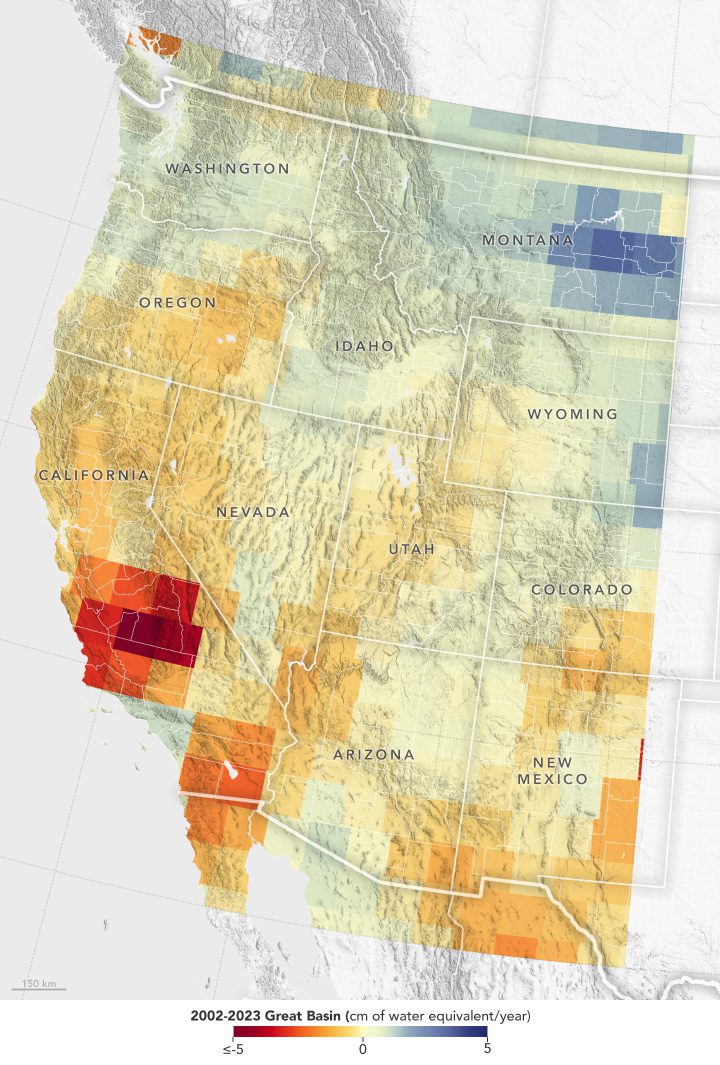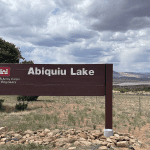- Groundwater supply faces rapid depletion.
- Drought and overuse strain resources in the Colorado River Basin.
- States like Arizona and California face tough choices for sustainability.
- Groundwater security requires urgent federal and state collaboration, per report.
December 18, 2024 — Groundwater is central to the United States’ water security. According to a recent report by the President’s Council of Advisors on Science and Technology , the nation’s groundwater systems are under unprecedented pressure from overuse, drought, and insufficient management. Experts warn that without decisive action, the consequences could ripple across agriculture, industry, and residential water supplies.
, the nation’s groundwater systems are under unprecedented pressure from overuse, drought, and insufficient management. Experts warn that without decisive action, the consequences could ripple across agriculture, industry, and residential water supplies.
The Backbone of America’s Water Supply.
Groundwater supports drinking water for about half of all Americans and sustains irrigation for much of the country’s agriculture. According to the report ,
,
The U.S. is facing a serious and unprecedented groundwater challenge. Across the U.S., groundwater withdrawal has outpaced natural recharge, while slow natural recharge has been exacerbated by climate change and precipitation variability, including floods, droughts, and early snowmelt. Groundwater is a critical resource for agriculture, domestic manufacturing, construction, mining, energy production, and other uses. The largest use of groundwater, at 70%, is for irrigation. Moreover, groundwater supplies drinking water for half the U.S. population and nearly all the rural population. Sustaining and securing groundwater is thus central to our Nation’s health, food, water, and energy security, and economy.
Adding to the challenge, much of the water in the major aquifers in the U.S. is fossil water, meaning it was last recharged over 10,000 years ago and will not be replaced naturally in centuries and millennia. In the western U.S., groundwater resources are being depleted at alarming rates, mostly from agricultural withdrawal. The depletion has caused land subsidence and earth fissures as well as permanent reduction of storage capacity due to inelastic compaction of the subsurface formation. The depletion has national and global consequences as non-renewable groundwater in the west is embedded in agriculture products transported to the rest of the U. S. and in agricultural commodities exported globally.
Groundwater’s importance often flies under the radar. Unlike rivers or reservoirs, groundwater lies hidden in aquifers beneath the surface, making it easy to overlook—until wells run dry.
“Groundwater depletion is not just an environmental issue; it’s an economic and public health crisis,” the report states , emphasizing the urgent need for improved policies and conservation measures.
, emphasizing the urgent need for improved policies and conservation measures.

The Colorado River Basin: A Flashpoint.
While groundwater challenges are a national issue, they are particularly acute in the Southwest and the Colorado River Basin. This region relies heavily on groundwater to offset shortages from the Colorado River, which itself is shrinking due to prolonged drought and climate change.
Arizona, for example, has seen significant groundwater depletion, particularly in rural areas where agricultural demands exceed natural recharge rates. California’s Central Valley, often called the nation’s breadbasket, faces similar challenges. The over-extraction of groundwater has caused land subsidence, damaging infrastructure and reducing the aquifer’s capacity to store water in the future.
The report highlights that some aquifers in the Colorado River Basin are being drawn down faster than they can replenish , leaving communities vulnerable to water scarcity and economic instability.
, leaving communities vulnerable to water scarcity and economic instability.
Action Before the Well Runs Dry.
States in the Colorado River Basin are grappling with difficult decisions. Farmers depend on groundwater to irrigate crops, cities need it for growing populations, and ecosystems rely on it to sustain wildlife and habitats. The report stresses the need for collaboration between states and the federal government to strike a balance between these competing demands.
One promising solution is enhanced groundwater management through modern technologies and policies. “Investing in monitoring systems, setting sustainable withdrawal limits, and incentivizing water conservation can help secure our groundwater for future generations,” the report suggests.
The President’s Council of Advisors on Science and Technology warns that time is running out. While individual states have made strides—such as Arizona’s Groundwater Management Act—more comprehensive, coordinated action is necessary. Federal funding, regional agreements, and public awareness will be crucial in addressing this hidden crisis.
The Council outlined several recommendations intended to address both immediate challenges and long-term groundwater sustainability:
- Enhance Monitoring Systems: Develop advanced technologies and standardized protocols to track groundwater levels, usage, and recharge rates nationwide.
- Set Sustainable Withdrawal Limits: Implement science-based caps on groundwater extraction to ensure aquifers can naturally replenish over time.
- Promote Water-Efficient Agriculture: Encourage farmers to adopt efficient irrigation methods, drought-resistant crops, and other conservation practices to reduce groundwater dependency.
- Improve State and Federal Coordination: Foster collaborative water management frameworks between states and the federal government, particularly in regions like the Colorado River Basin.
- Invest in Groundwater Recharge Projects: Increase funding for infrastructure that captures and stores excess surface water during wet periods to replenish depleted aquifers.
- Strengthen Legal Protections for Groundwater: Update and enforce groundwater regulations to address overuse, pollution, and long-term sustainability, especially in unregulated regions.
- Support Rural and Vulnerable Communities: Allocate resources to assist areas most impacted by groundwater scarcity, ensuring equitable access to water and resilience planning.
- Educate the Public on Groundwater Conservation: Launch awareness campaigns to inform individuals and industries about the importance of groundwater and actionable conservation steps.
- Incentivize Conservation Practices: Offer financial incentives, such as tax breaks or subsidies, for businesses and households that adopt groundwater-saving technologies and behaviors.
- Expand Research on Climate Impacts: Fund studies on how climate change affects groundwater systems and integrate findings into adaptive management strategies.
~~~
Image:
2002 – 2023 groundwater decline in the U.S. Southwest, NASA Earth Observatory Image of the Day for June 25, 2024. Public domain.





Leave a Reply